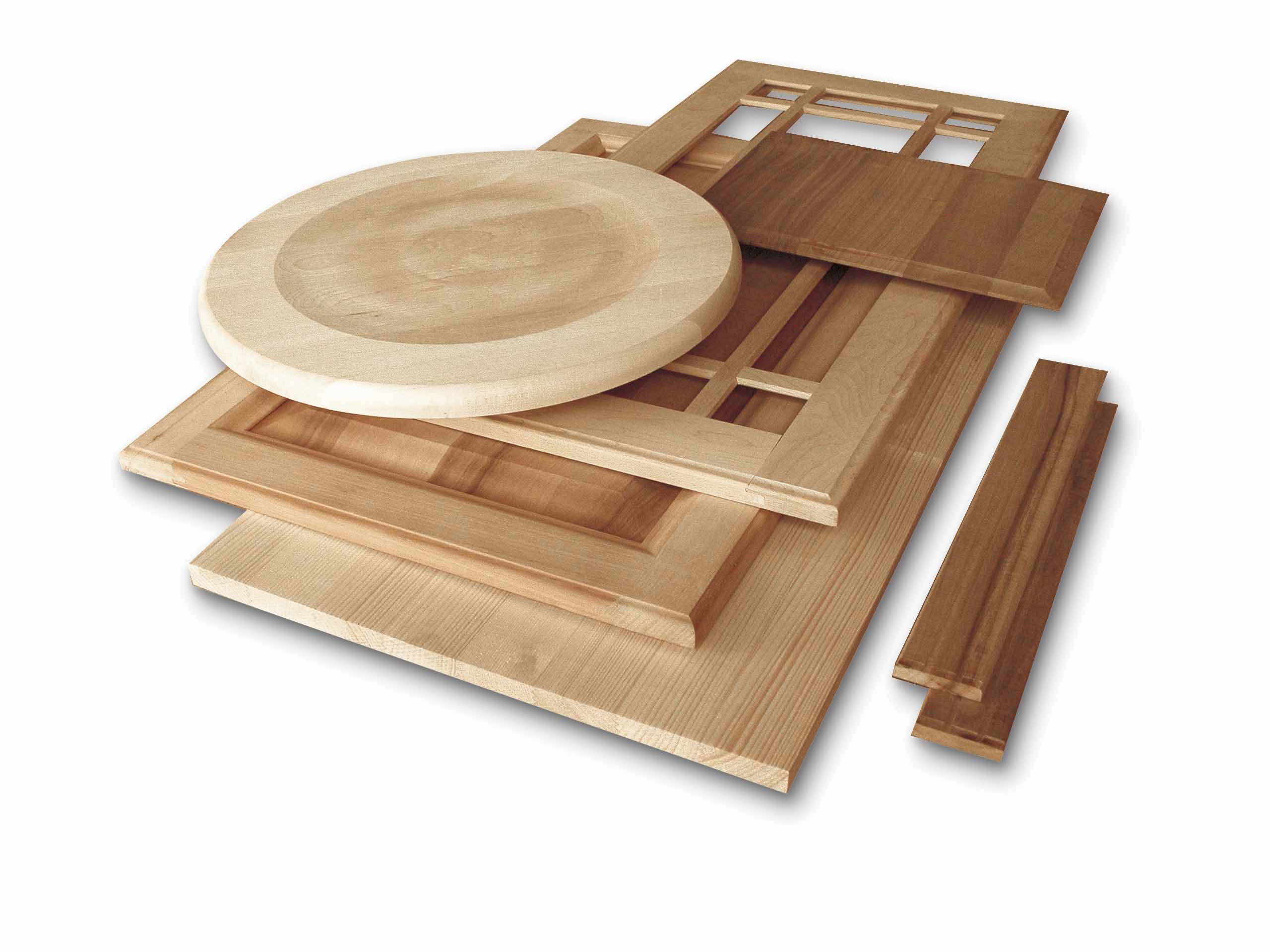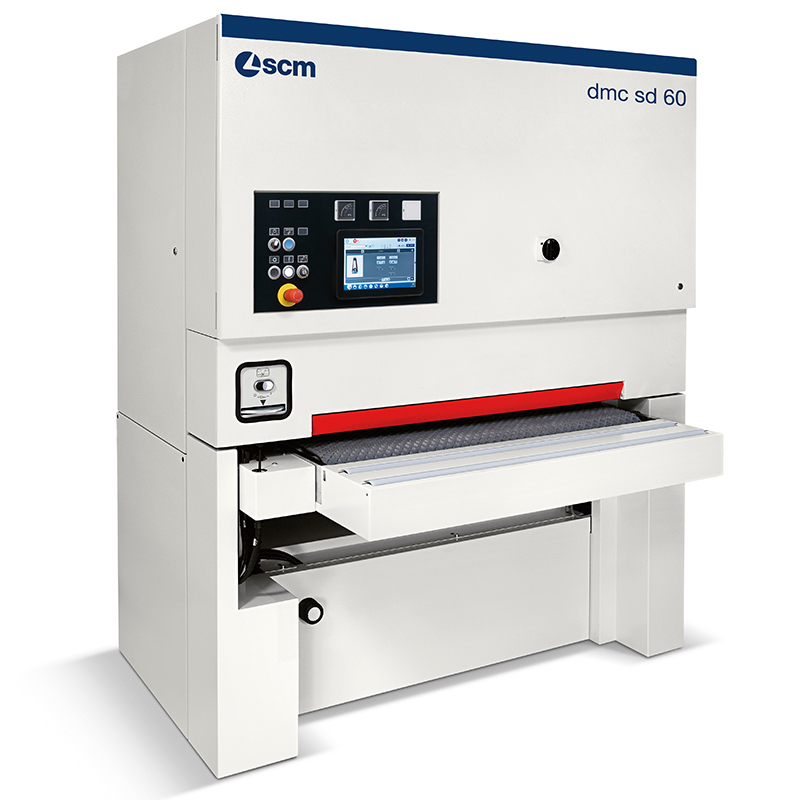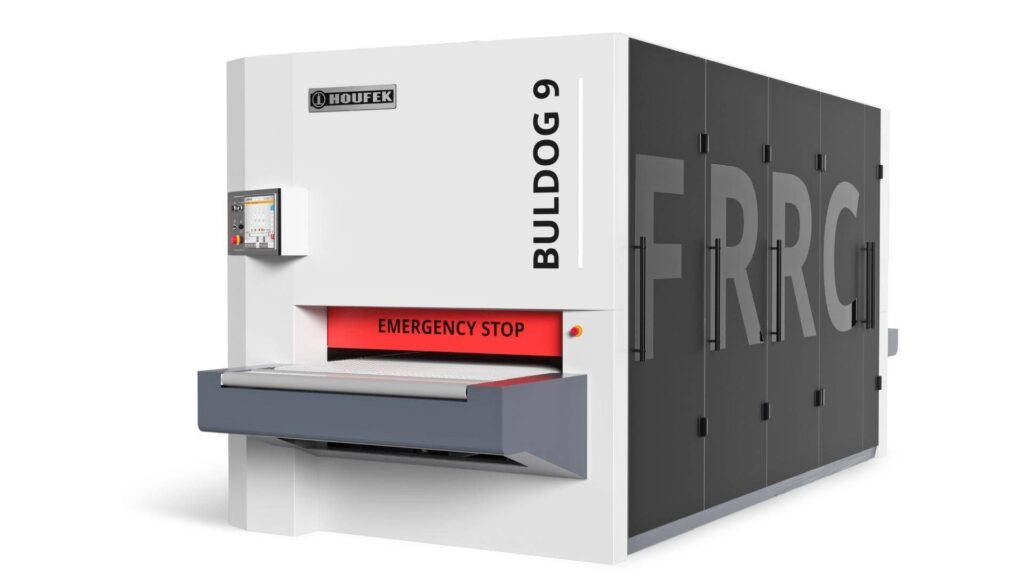Among the various sanding machines available, wide belt sanders have emerged as game-changers, revolutionising how woodworkers approach surface preparation. In this article, specialist woodworking machine supplier Daltons Wadkin explore the advantages of wide belt sanders and how they have become indispensable tools in manufacturing furniture and joinery.
Wide belt sanders differ from other sanding machines due to their wider abrasive belts, which allow for greater material removal and increased productivity. Daltons Wadkin supplies all levels of wide belt sanders into companies processing a range of materials, including solid wood, wood-based panels, veneered sheets, composites and metals.

Advantages of Wide Belt Sanders
1. Dust Collection and Health Benefits
At Daltons Wadkin, we consider this to be the most important advantage of wide belt sanders. The HSE is continuing to focus, quite rightly, on the dangers of operator exposure to dust. Manual or handheld sanding techniques create a lot of dust and, if not managed correctly, risk endangering the
health of not just the immediate operator, but anyone using the same workspace.
Wide belt sanders operate in an enclosed environment, often equipped with multiple points of extraction, ensuring a clean and safe working environment. When coupled with a suitable ATEX compliant extraction system, wide belt sanders capture and remove airborne particles, minimizing the amount of wood dust that operators inhale. The proper extraction of wood dust not only improves air quality but also reduces the risk of respiratory issues, promoting the well-being and health of woodworking professionals.

2. Increased Efficiency and Productivity
Wide belt sanders offer unparalleled efficiency, enabling sold wood and wood-based panels to be processed at speed. Depending on the sanding head
configuration, a machine can calibrate and finish to three levels of grit size in a single pass. This reduces the requirement for multiple passes of the same workpiece to gain the desired finish saving time and labour costs. Wide belt sanders can handle a wide range of materials, including solid wood, plywood, veneer, and composites, making them versatile and efficient for various woodworking applications.
3. Consistent and High-Quality Finishes
One of the significant advantages of wide belt sanders is their ability to deliver consistent and high-quality finishes. These machines ensure uniformity and smoothness throughout the surface, minimizing the risk of uneven sanding marks, swirls, or scratches that can be common with manual or handheld sanding methods. Woodworkers can achieve precise control over sanding parameters, such as belt speed, pressure, and abrasive grit selection, resulting in superior finishes that meet the highest standards of quality.

4. Versatility and Flexibility
Wide belt sanders are designed to be versatile and adaptable to different sanding requirements. With interchangeable abrasive belts of varying grits, woodworkers can easily switch between different sanding tasks. The adjustable conveyor table and pressure rollers allow for processing different material thicknesses and profiles, providing flexibility in meeting diverse project needs. Additional features, such as oscillating belts, vacuum hold-down, pneumatic or segmented pads, digital touch screen controls, further enhance the versatility of wide belt sanders.
Daltons Wadkin has been supplying wide belt sanders for over 50 years. Their unique portfolio of specialist sanding machines from leading European manufacturers including SCM, Houfek and Wadkin make them uniquely placed to address all sanding enquiries. Daltons readily sees businesses invest in a wide belt sander resulting in remarkable improvements in efficiency, productivity, and product quality increasing output by 100% or more.
To find out more about how a wide belt sander can affect your business, contact Daltons Wadkin 0115 986 5201, email info@daltonswadkin.com or visit www.daltonswadkin.com









